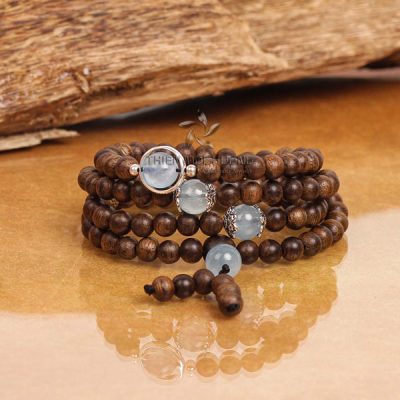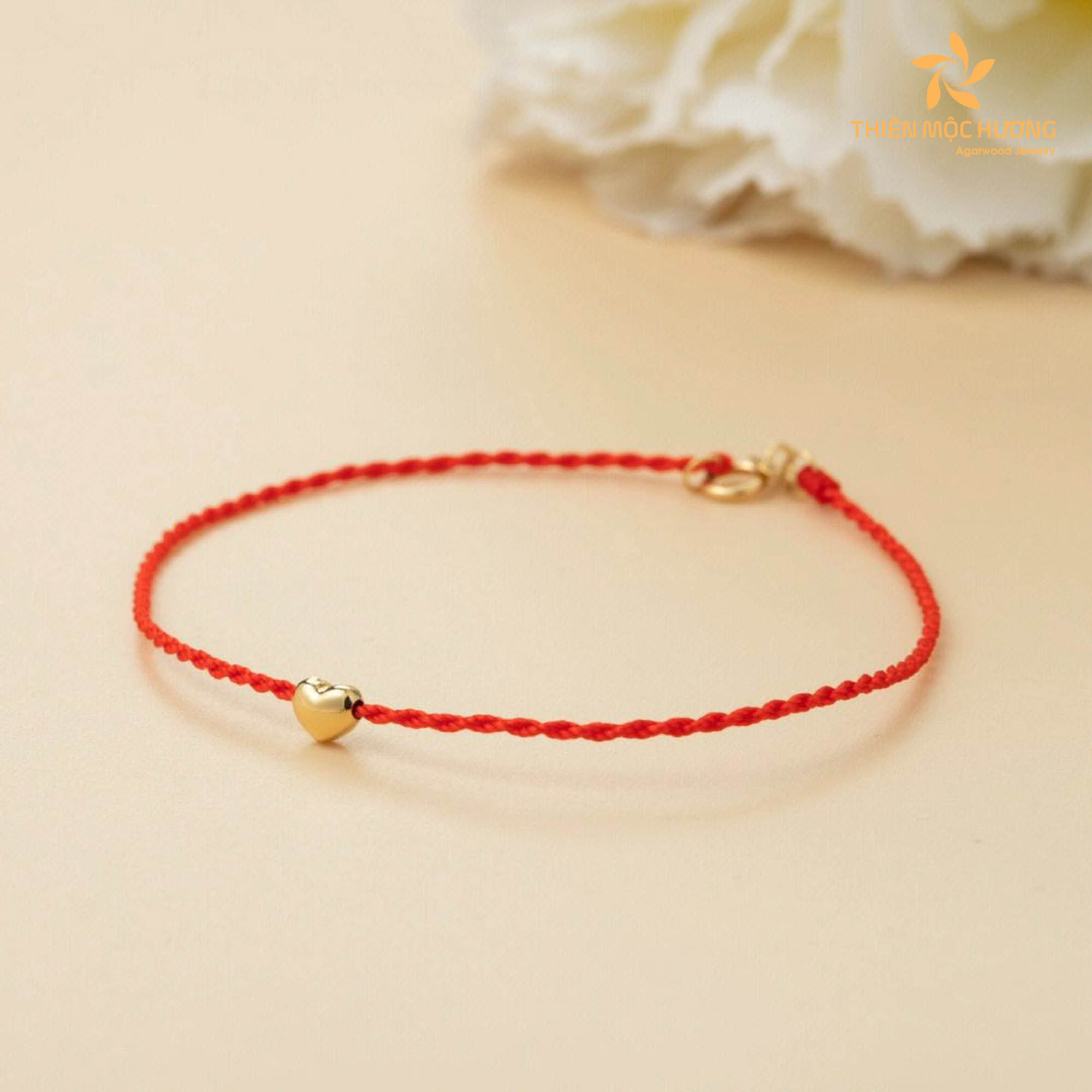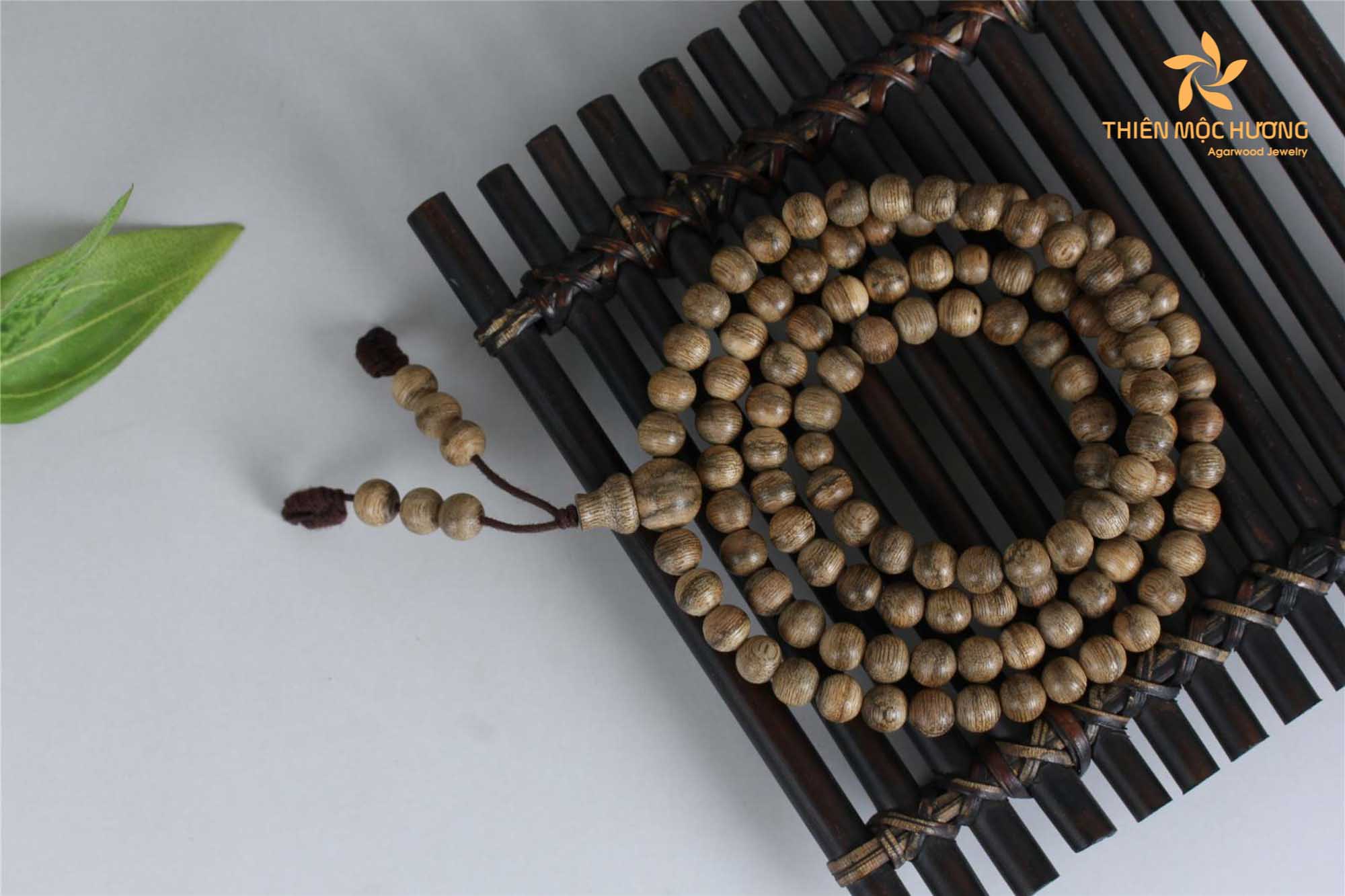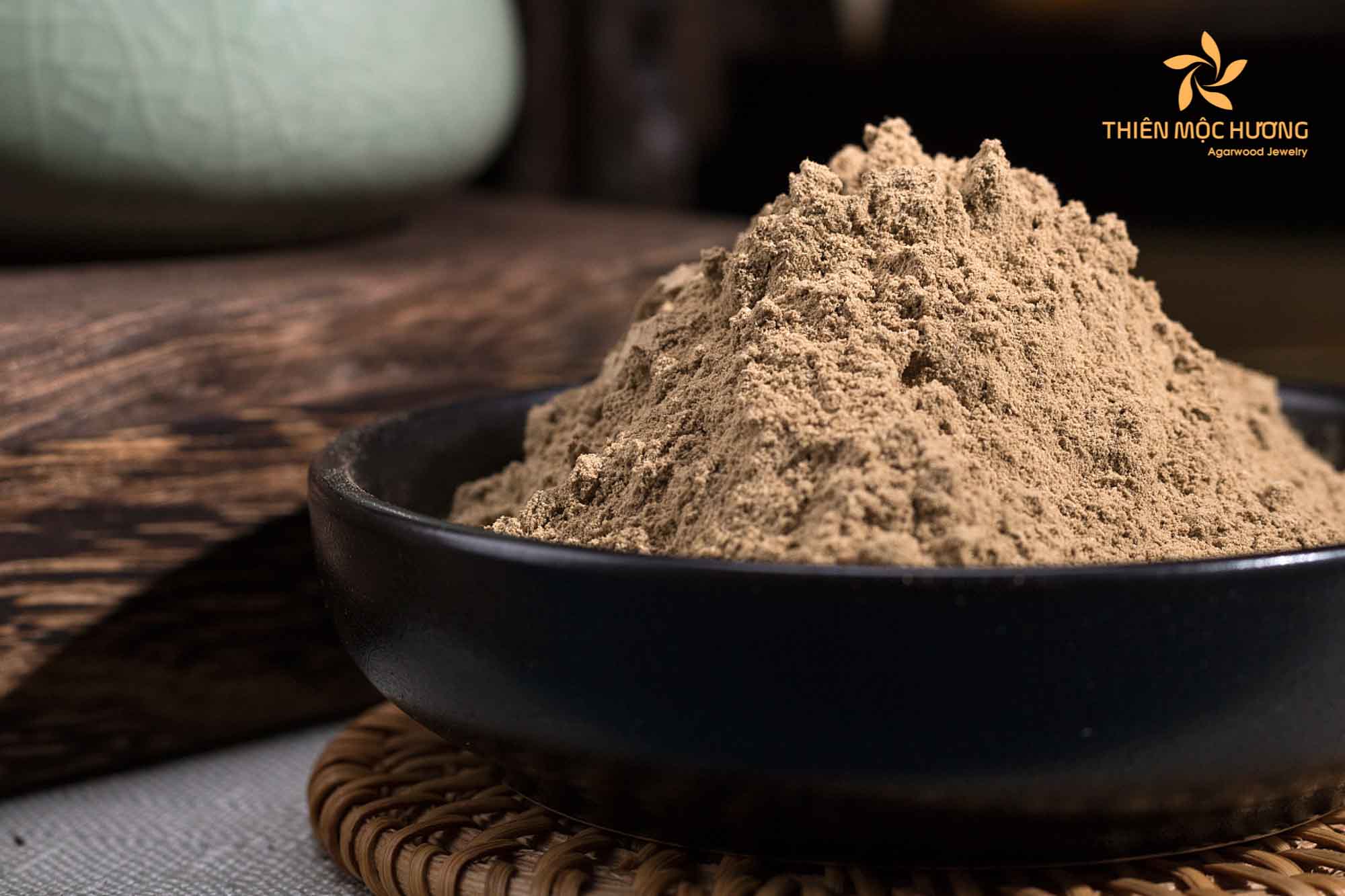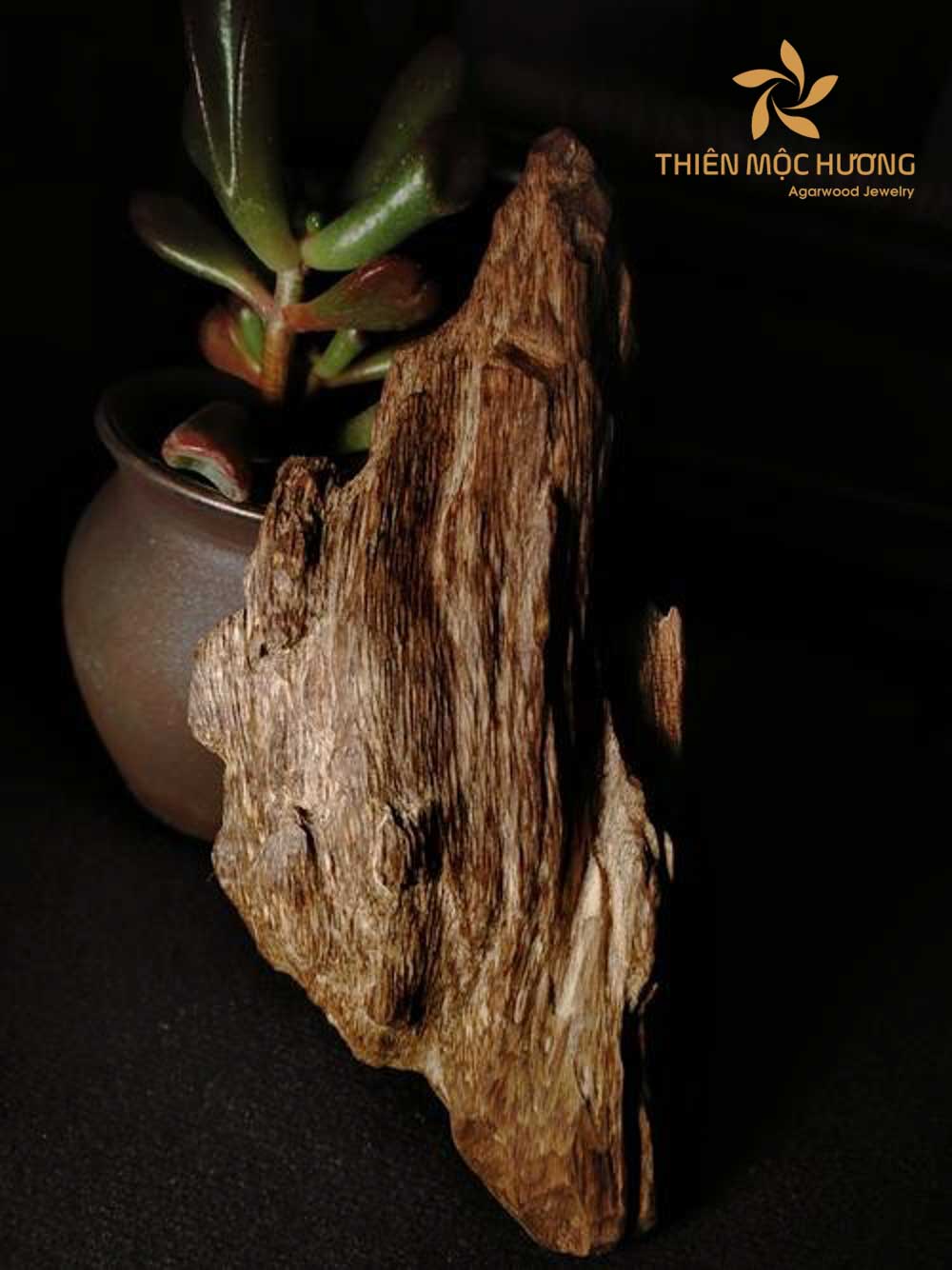There’s a mystique surrounding agarwood, known as the ‘Wood of the Gods’ in some cultures. It’s been highly coveted for centuries, not just for its captivating scent but also for its diverse uses. One application of agarwood that has gained significant traction in recent years is its incorporation into jewelry, most notably bracelets. In this post, we’ll delve into the enigmatic world of the sinking agarwood bracelet, shedding light on what sets it apart from its floating counterpart.
I. Introduction of the Sinking Agarwood bracelet
Within the vast spectrum of agarwood products, the sinking agarwood bracelet stands out, primarily due to its rarity and the quality of the wood used.
1. What makes it ‘Sinking’?
The term “sinking” in ‘sinking agarwood bracelet’ isn’t just a marketing gimmick. True sinking agarwood is denser due to the high resin content, causing it to sink in water, unlike other agarwood types which might float. This density is a hallmark of its superior quality and purity.
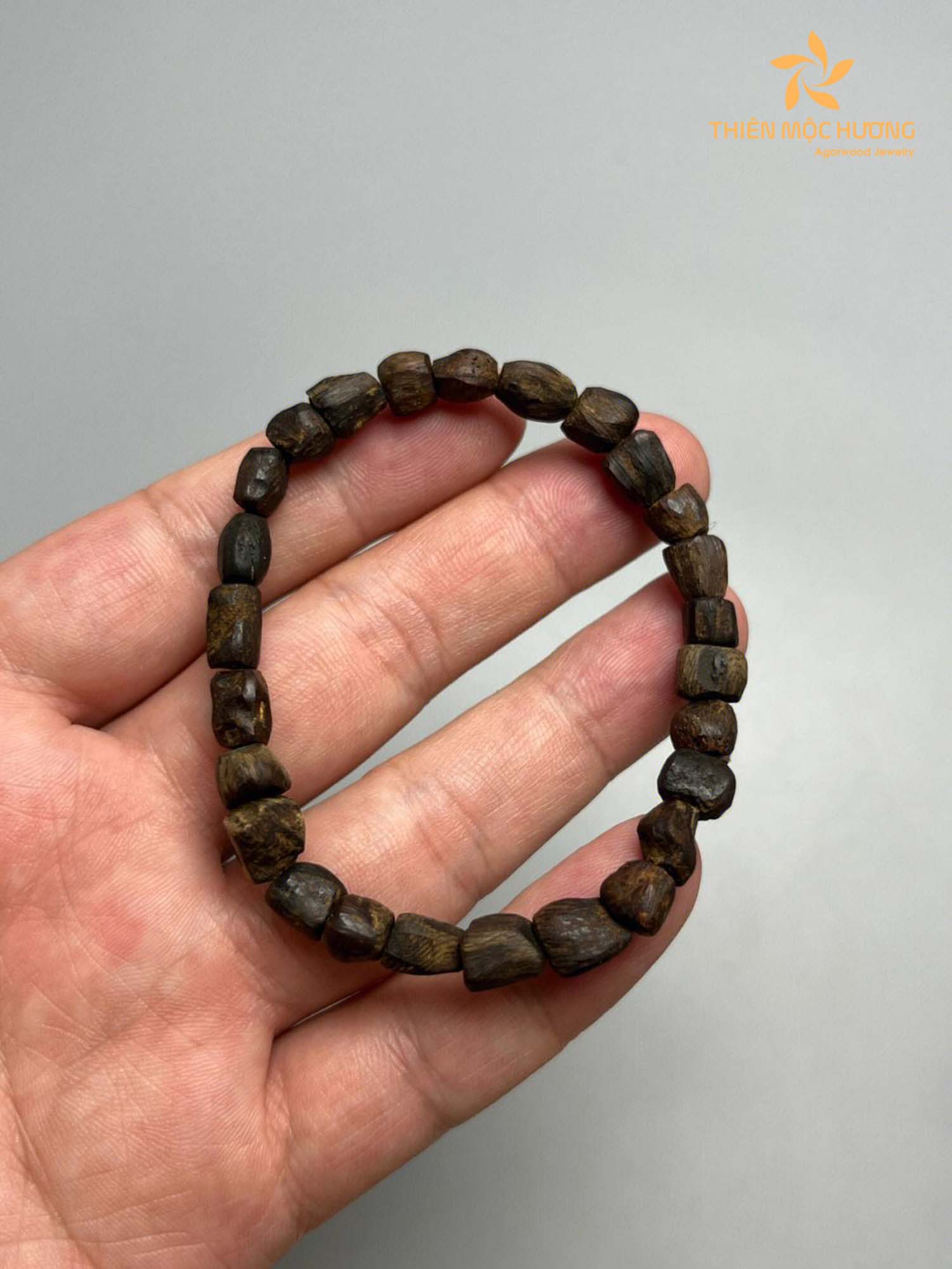
2. Benefits of wearing a sinking Agarwood bracelet
Aesthetic Appeal: With its rich, dark hue interspersed with streaks of resin, sinking agarwood bracelets are undeniably beautiful. Their unique patterns ensure that no two bracelets are precisely alike.
Scent: Due to the high resin content, the fragrance of the sinking agarwood bracelet is more potent and long-lasting.
Investment Value: Given its rarity, a genuine sinking agarwood bracelet can appreciate in value over time.
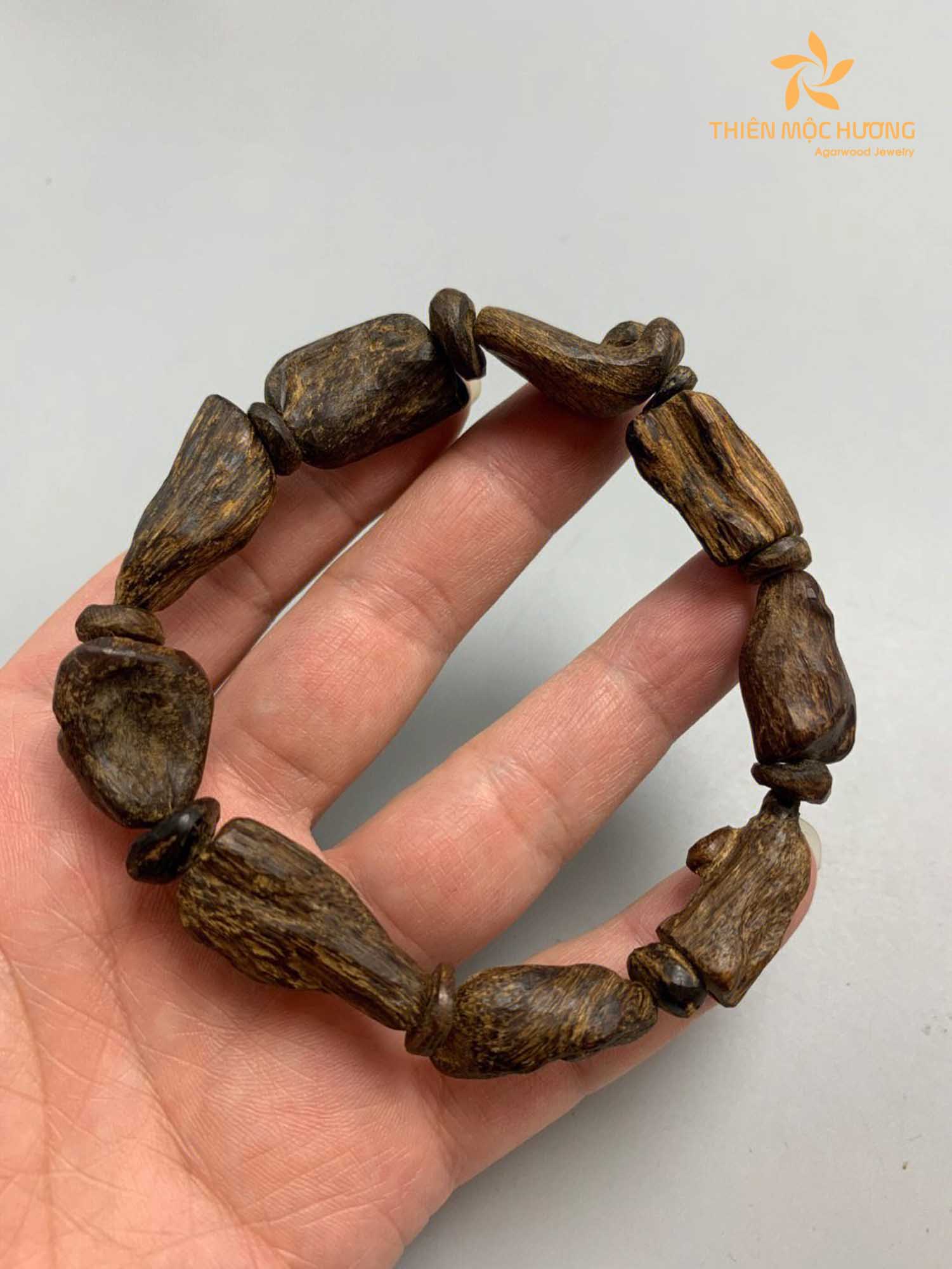
II. Sinking vs. Floating Agarwood
Now that we’ve explored the allure of the sinking agarwood bracelet let’s understand how it differs from floating agarwood.
1. Density and resin content
The most striking difference lies in their density. As the name suggests, sinking agarwood is denser and sinks in water due to its high resin content. In contrast, floating agarwood, while still fragrant and valuable, has a lower resin concentration, causing it to float.
2. Aromatic intensity
With a higher resin content, sinking agarwood exudes a more robust, deeper fragrance than floating agarwood. This is why it’s often sought after for premium perfumes and incenses.
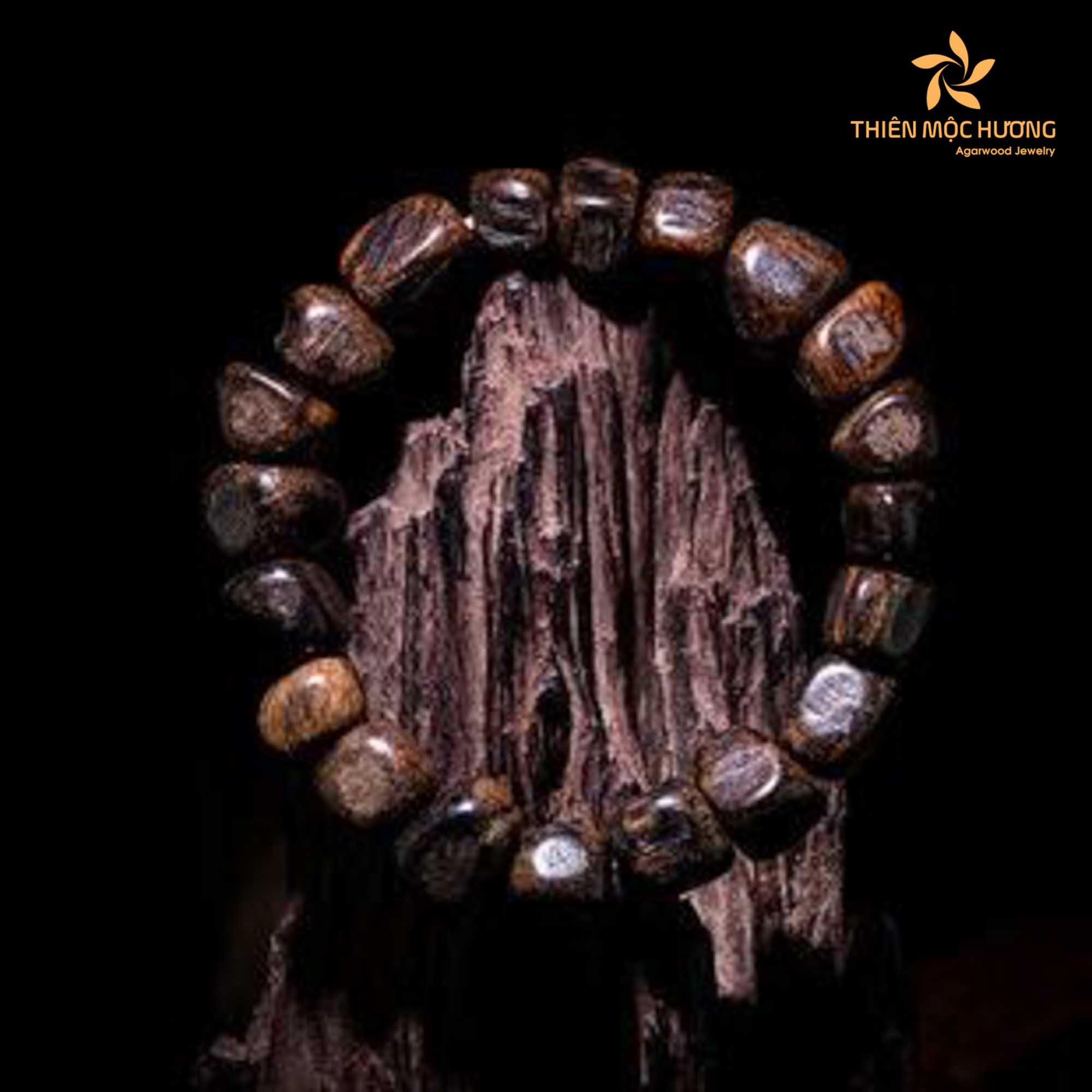
3. Price point
Due to its rarity and the labor-intensive process involved in sourcing it, sinking agarwood, especially when crafted into a bracelet, often commands a higher price than its floating counterpart.
III. Tips for choosing the right sinking Agarwood bracelet
If you’re keen on purchasing a sinking agarwood bracelet, consider the following tips to ensure you get genuine quality:
Water Test: A straightforward way to verify if your bracelet is genuine sinking agarwood is the water test. Simply drop it in water. If it sinks, it’s likely authentic.
Trusted Source: Always buy from a reputable seller. Check for reviews and testimonials before making a purchase.
Scent: Familiarize yourself with the scent of genuine agarwood. This can help you detect fakes that might use artificial fragrances.
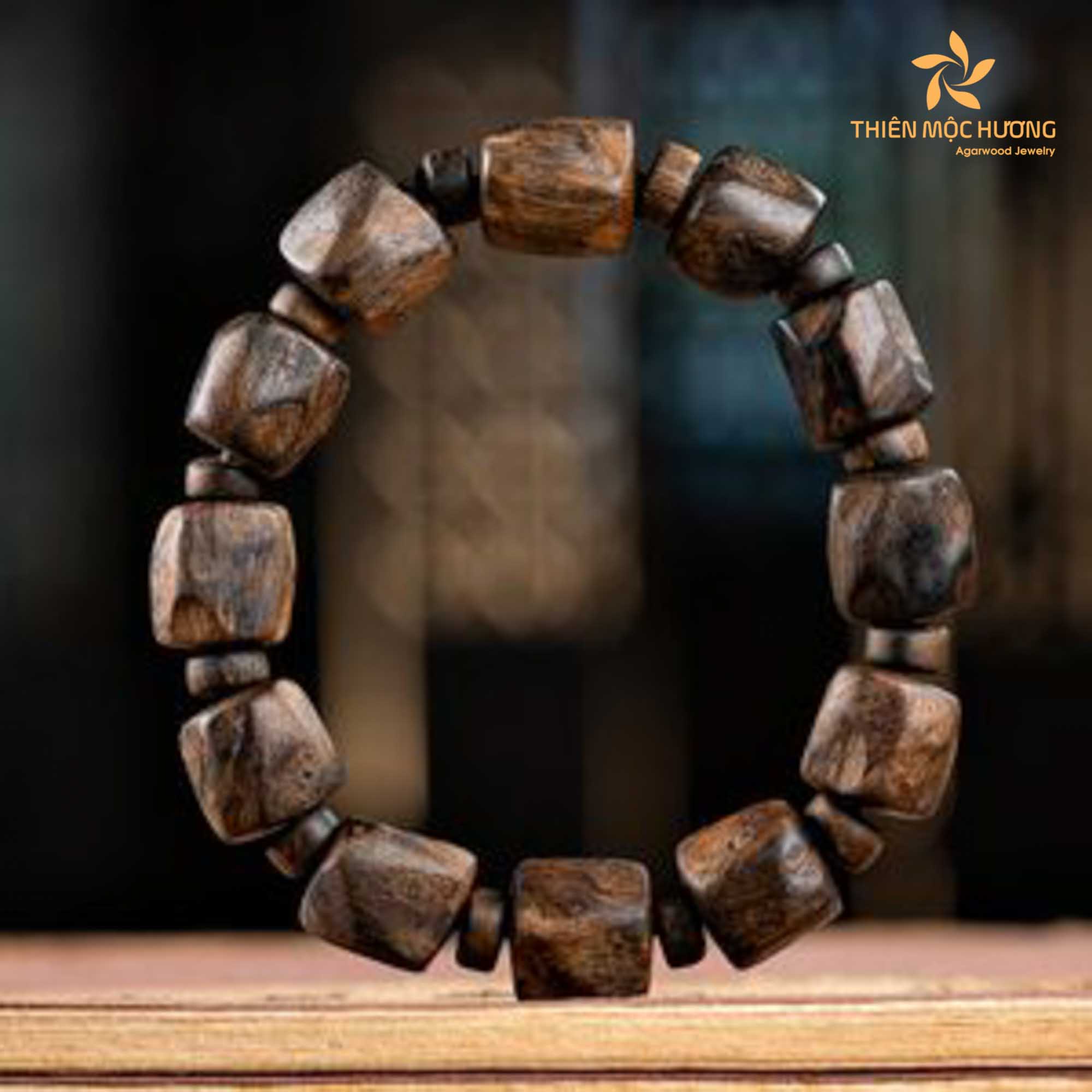
IV. How to identify natural and artificial submerged sinking Agarwood bracelet?
Natural sinking agarwood, also known as “submerged agarwood,” is dense and sinks in water due to its high resin content. This dense resin not only gives the wood its signature fragrance but also its sinking property. However, it’s crucial to know that just because a piece of agarwood sinks doesn’t always guarantee its authenticity.
1. The water test
While the water test is commonly used to determine if agarwood sinks or floats, it isn’t foolproof.
- Procedure: Drop the agarwood bracelet into a bowl of water.
- Natural Agarwood: Genuine sinking agarwood should sink to the bottom.
- Artificial Agarwood: Treated or fake agarwood may also sink if it has been artificially weighted or if the wood has been impregnated with foreign substances. Thus, a sinking result should not be the sole determinant of authenticity.
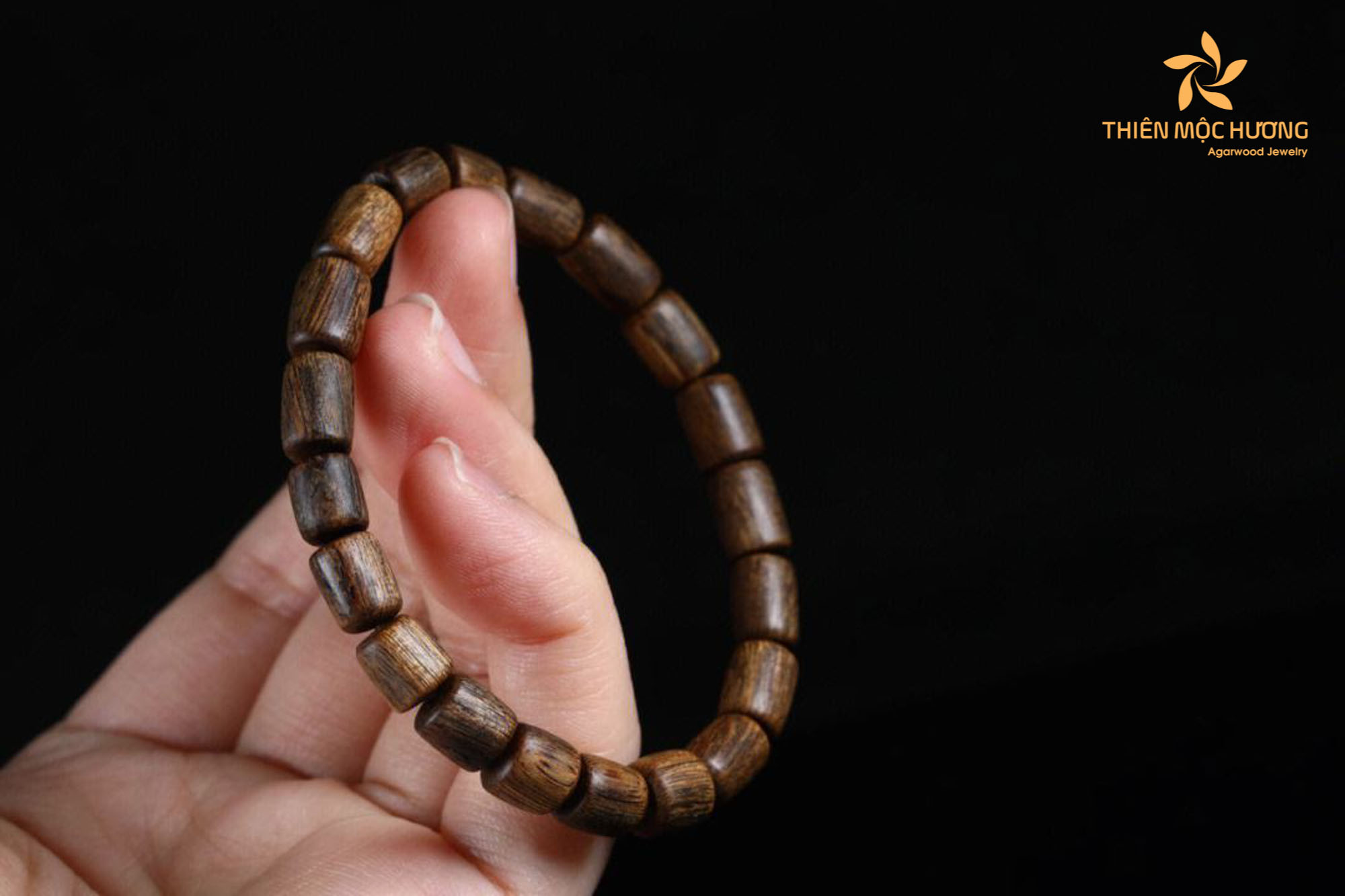
2. Observe the texture and appearance
Genuine agarwood has a distinct appearance due to its resin content.
- Natural Agarwood: It should have a rich, uneven texture with dark patches or streaks of resin. The appearance can range from a dark brown to nearly black, depending on the resin concentration.
- Artificial Agarwood: Often has a more uniform color, looking artificially polished or shiny. It might also have unnaturally dark patches where artificial resins or dyes have been introduced.
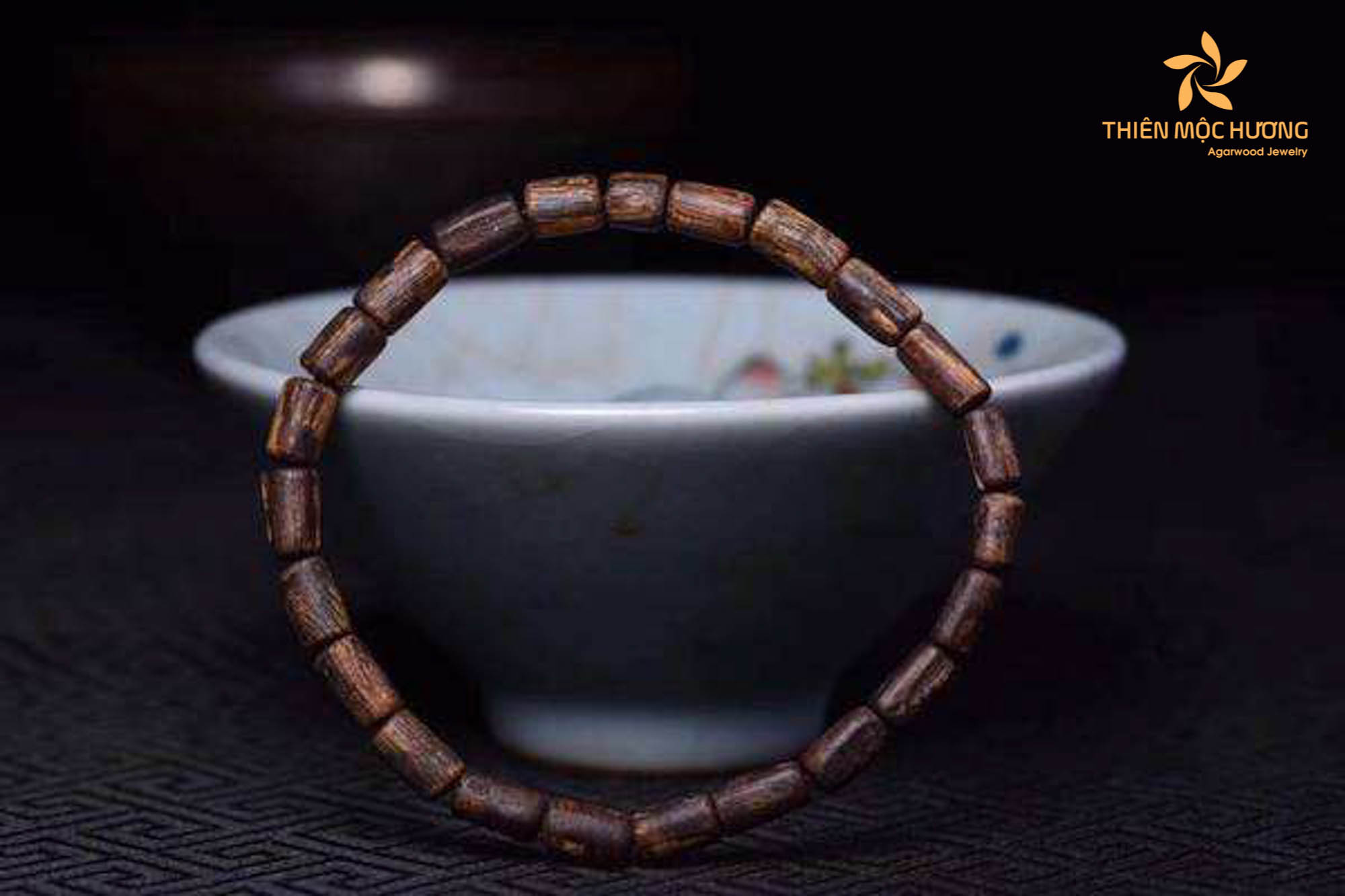
3. The heat test
Heat can release the natural oils and resins in agarwood, making it an effective method to determine authenticity.
- Procedure: Carefully heat a needle or pin and touch it to a discreet part of the bracelet.
- Natural Agarwood: It will release its signature scent, which is complex and woody, with sweet undertones.
- Artificial Agarwood: Might emit a burnt or chemical smell. If the bracelet has been treated with artificial fragrances, it may release a fragrance initially, but this will not have the depth or complexity of natural agarwood.
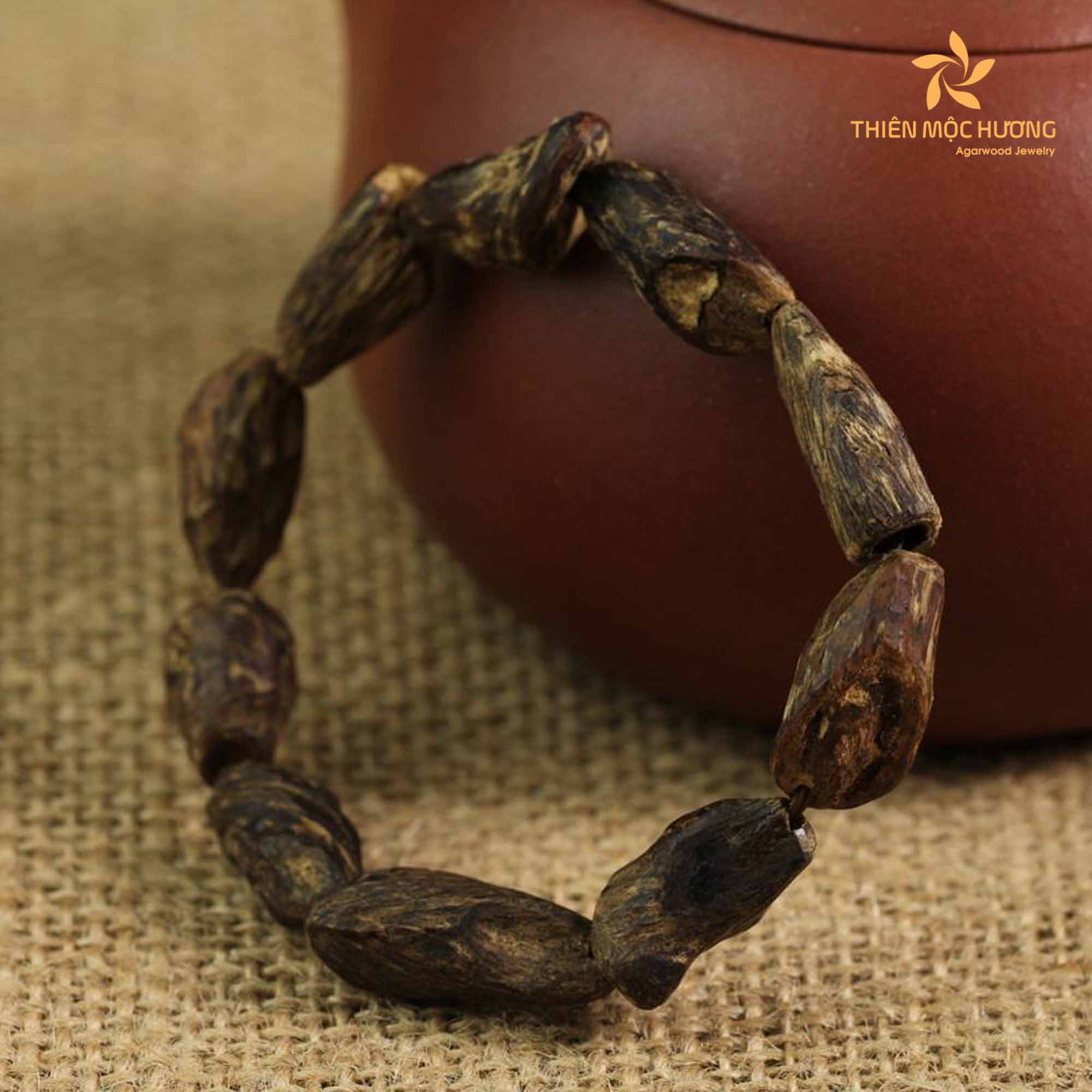
4. Trust your nose
One of the most significant indicators of genuine agarwood is its scent.
- Natural Agarwood: Has a complex fragrance that is rich, woody, and sweet. It should linger for a while.
- Artificial Agarwood: If it has been treated with synthetic fragrances, the scent will lack depth, and it might fade quickly or have a chemical undertone.
V. Thien Moc Huong – Trusted Address of selling sinking agarwood bracelet
For those who have a deep appreciation for agarwood, Thien Moc Huong is a name that stands out. As a frontrunner in the Vietnamese market for agarwood jewelry and upscale agarwood incense, this brand boasts an impressive 42-year history of crafting and supplying genuine agarwood. Thien Moc Huong holds its reputation high, positioning itself as Vietnam’s premier agarwood brand.
With values centered on Trust, Creativity, and Responsibility, customers can have unwavering faith in their product quality. Located in Ho Chi Minh City, Thien Moc Huong ensures all their agarwood products are 100% natural. Their commitment to excellence is evident not only in the superior quality of their products but also in the exceptional services and post-purchase support they offer.
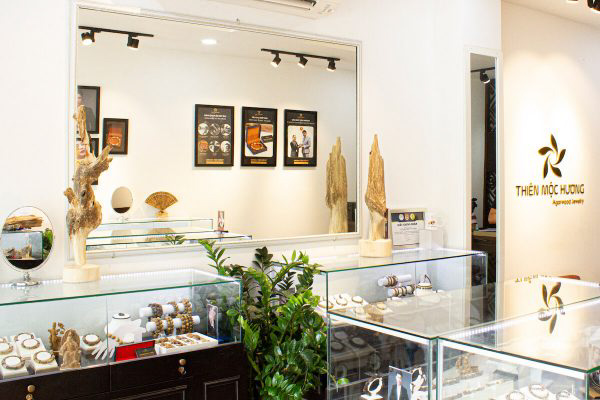
At Thien Moc Huong, customers can explore a diverse range of agarwood products, from bracelets and various incense types to everyday use items. Moreover, they offer unique agarwood-derived products like statues, perfumes, necklaces, chips, and notably, their much-sought-after agarwood bracelets.
Contact information for Thien Moc Huong:
Website: tmhagarwood.com
Address:
71 Nguyen Khac Nhu, Ward Co Giang, District 1, Ho Chi Minh City, Vietnam
120 Hai Ba Trung, Hoan Kiem District, Hanoi, Vietnam
Conclusion
The sinking agarwood bracelet is more than just a piece of jewelry; it’s a testament to nature’s wonder, a product of time, and a symbol of elegance. While it’s essential to recognize the differences between sinking and floating agarwood, both types carry with them centuries of culture, tradition, and allure. Whether you’re an investor, a collector, or someone who appreciates the finer things in life, a sinking agarwood bracelet is a worthy addition to your collection.
(544)



